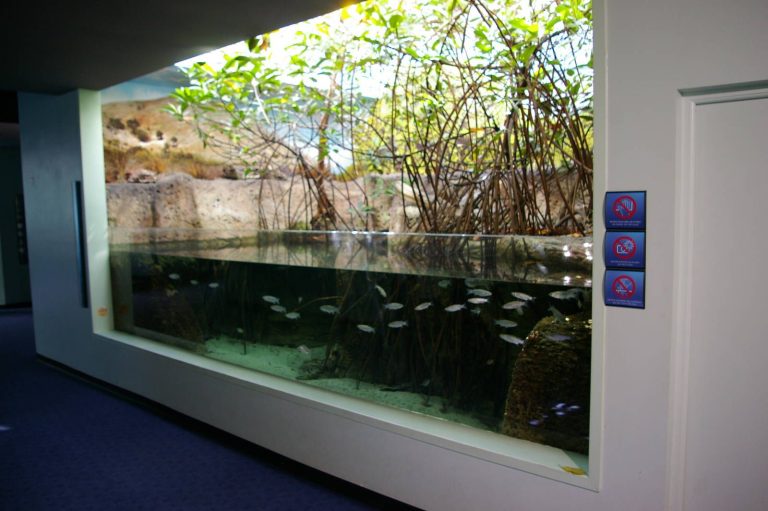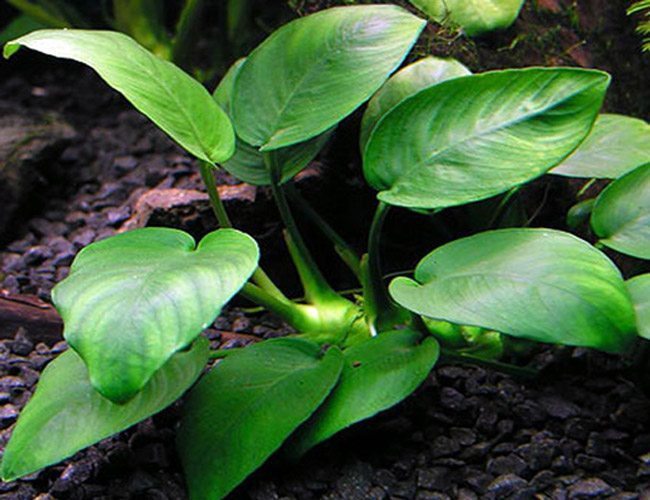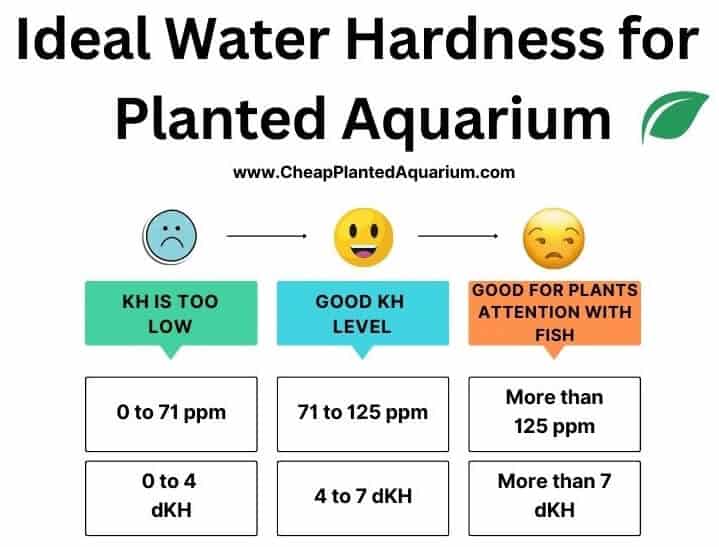How to Sterilize Aquarium Plants: Ultimate Guide for Clean Tanks
To sterilize aquarium plants, dip them in a bleach solution for 2-3 minutes, then rinse thoroughly. Ensure no bleach residue remains.
Sterilizing aquarium plants is essential to maintaining a healthy aquatic environment. Unsterilized plants can introduce harmful bacteria, parasites, and algae into your tank. These contaminants can jeopardize the well-being of your fish and other aquatic life. A proper sterilization process minimizes these risks and promotes a thriving ecosystem.
Using a mild bleach solution is an effective method to eliminate unwanted organisms. After the bleach dip, thorough rinsing ensures no harmful chemicals remain. This step is crucial for the safety of your tank’s inhabitants. Taking the time to sterilize new plants protects your aquarium and contributes to a balanced, healthy habitat.

Credit: m.youtube.com
Preparation
Before you start sterilizing your aquarium plants, proper preparation is crucial. This ensures that the process is effective and your plants remain healthy. Follow these steps to get everything ready.
Gathering Necessary Tools
First, collect all the tools you need. Having everything on hand will save time and effort.
| Tool | Purpose |
|---|---|
| Bucket | For soaking the plants |
| Bleach | For killing bacteria and algae |
| Dechlorinator | To neutralize bleach |
| Gloves | To protect your hands |
| Soft Brush | For cleaning plant surfaces |
Choosing The Right Plants
Not all aquarium plants can withstand sterilization. Choose plants that are hardy and resilient.
- Anubias – Tough leaves and roots
- Java Fern – Durable and easy to clean
- Cryptocoryne – Strong and adaptable
Avoid delicate plants like mosses or fine-leaved species. These can get damaged easily during the process.
Check for signs of disease or pests on each plant. Only healthy plants should be sterilized.
Pre-sterilization Steps
Before sterilizing your aquarium plants, prepare them well. This ensures the sterilization process is effective. Follow these simple steps to get started.
Rinsing Plants With Water
Start by rinsing your plants with clean water. Use room temperature water. Hold each plant under running water. Gently rub the leaves and stems. This helps remove dirt and small particles. Ensure all parts of the plant are rinsed well.
Inspecting For Visible Debris
After rinsing, inspect the plants for debris. Look for any visible dirt or algae. Check the leaves and stems closely. Remove any visible debris with your hands. If you find any damaged leaves, trim them off. This keeps the plant healthy.
Following these steps ensures your plants are ready for sterilization. Clean and healthy plants contribute to a thriving aquarium.
Sterilization Methods
Sterilizing aquarium plants is essential for a healthy tank. It removes unwanted pests and diseases. Several methods can be used to sterilize your plants effectively. Let’s explore three popular methods.
Bleach Solution Method
The bleach solution method is very effective. Here’s how to do it:
- Prepare a solution with 1 part bleach and 19 parts water.
- Dip the plants in the solution for 1-2 minutes.
- Rinse the plants thoroughly with clean water.
- Soak the plants in dechlorinated water for 10 minutes.
Always ensure to rinse and soak the plants well. This removes any bleach residue.
Potassium Permanganate Method
Potassium permanganate is another effective sterilization agent. Follow these steps:
- Dissolve 1 teaspoon of potassium permanganate in a gallon of water.
- Soak the plants in the solution for 15-20 minutes.
- Rinse the plants thoroughly with clean water.
This method is safer for delicate plants. It’s also effective against a wide range of pests.
Hydrogen Peroxide Method
Hydrogen peroxide is a gentle but powerful sterilizer. Here’s the process:
- Mix 3% hydrogen peroxide with water in a 1:1 ratio.
- Submerge the plants in the solution for 5 minutes.
- Rinse the plants thoroughly with clean water.
This method is ideal for sensitive plants. It effectively kills bacteria and algae.
:strip_icc()/cleaning-aquarium-plants-1381082-hero-023647932fb74728b52b036d8d3b52e5.jpg)
Credit: www.thesprucepets.com
Post-sterilization Care
After sterilizing your aquarium plants, proper care is essential. This helps the plants recover and thrive in their new environment. Follow these steps to ensure your plants remain healthy and vibrant.
Rinsing Plants Thoroughly
Once you finish sterilizing the plants, rinse them well. Use clean, fresh water to remove any remaining chemicals. Make sure to rinse every part of the plant. This ensures no residue is left behind.
Rinse gently to avoid damaging the delicate leaves and stems. You can place the plants under a gentle stream of water. Alternatively, swish them around in a clean bucket. Repeat this process a few times for best results.
Allowing Plants To Soak In Fresh Water
After rinsing, let the plants soak in fresh water. This soaking period helps remove any remaining toxins. Fill a clean container with fresh water and place the plants inside. Let them soak for at least 30 minutes.
Check the water temperature to match the aquarium conditions. This helps the plants adjust better when reintroduced to the tank. After soaking, inspect the plants for any signs of damage or disease. Remove any dead or decaying parts before placing them back in the aquarium.
Reintroducing Plants
Reintroducing sterilized aquarium plants into your tank is crucial. Follow proper steps to ensure plant health. This guide will help you reintroduce plants safely.
Acclimating To Tank Environment
First, place the plants in a container with tank water. Let them sit for about 30 minutes. This helps them adjust to the temperature and water chemistry.
Next, plant them gently in the tank. Use aquarium-safe tweezers to avoid damaging roots. Make sure they are firmly in place. This prevents them from floating away.
Monitoring For Any Issues
Keep an eye on the plants for the first week. Look for signs of stress or disease. Common signs include yellowing leaves or wilting.
If you notice any issues, take action immediately. Remove affected plants to prevent spreading. Test your water regularly to ensure it remains optimal for plant growth.
| Signs of Stress | Actions to Take |
|---|---|
| Yellowing Leaves | Check nutrient levels. Add plant fertilizer if needed. |
| Wilting | Ensure proper lighting and water conditions. |
| Fungal Growth | Remove affected plants and treat the tank. |
Regular checks ensure your plants thrive. Healthy plants make a beautiful tank.
Maintaining Plant Health
Keeping your aquarium plants healthy is essential. Healthy plants ensure a thriving aquatic environment. They provide oxygen and shelter for fish. Regular care helps in maintaining vibrant and lush plants. Below are some steps to ensure your plants stay in top condition.
Regular Cleaning Routines
Cleaning routines are vital for plant health. Rinse plants under lukewarm water weekly. Use a soft brush to clean off debris. Avoid using soap or chemicals. They can harm plants and fish. Trim dead or yellowing leaves regularly. This encourages new growth. Change a portion of the tank water weekly. It helps in maintaining water quality.
Checking For Algae And Pests
Algae and pests can harm your plants. Inspect plants for signs of algae weekly. Remove algae with an algae scraper. Snails and aphids can infest plants. Check leaves and stems for pests. Use a magnifying glass if needed. You can introduce algae-eating fish like Siamese algae eaters. They help control algae growth. If you find pests, remove them manually. Or, use an aquarium-safe pest treatment.

Credit: aquafy.com.au
Frequently Asked Questions
How Do You Sterilize Aquarium Plants?
To sterilize aquarium plants, rinse them under running water. Then soak them in a mild bleach solution for a few minutes. Rinse thoroughly.
Can You Use Bleach To Sterilize Plants?
Yes, you can use bleach to sterilize plants. Use a 5% bleach solution. Soak the plants for 5 minutes, then rinse well.
How Long Should Plants Soak In Bleach?
Plants should soak in a bleach solution for 5 minutes. This helps kill harmful pathogens without damaging the plants.
Is It Safe To Use Hydrogen Peroxide On Plants?
Yes, hydrogen peroxide is safe for sterilizing plants. Use a 3% solution and soak the plants for 5 minutes. Rinse well.
Conclusion
Sterilizing aquarium plants is essential for maintaining a healthy tank. Follow these methods to ensure your plants are safe. A clean environment promotes vibrant aquatic life. Regularly practice these steps for optimal plant health. Your aquarium will thrive with minimal effort.
Happy aquascaping!



